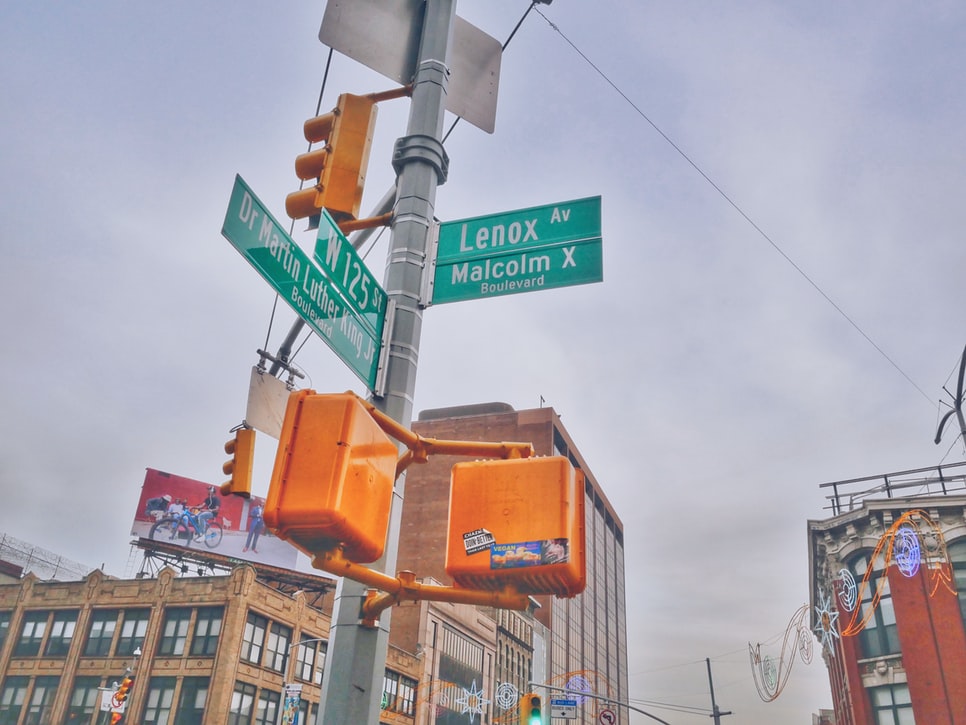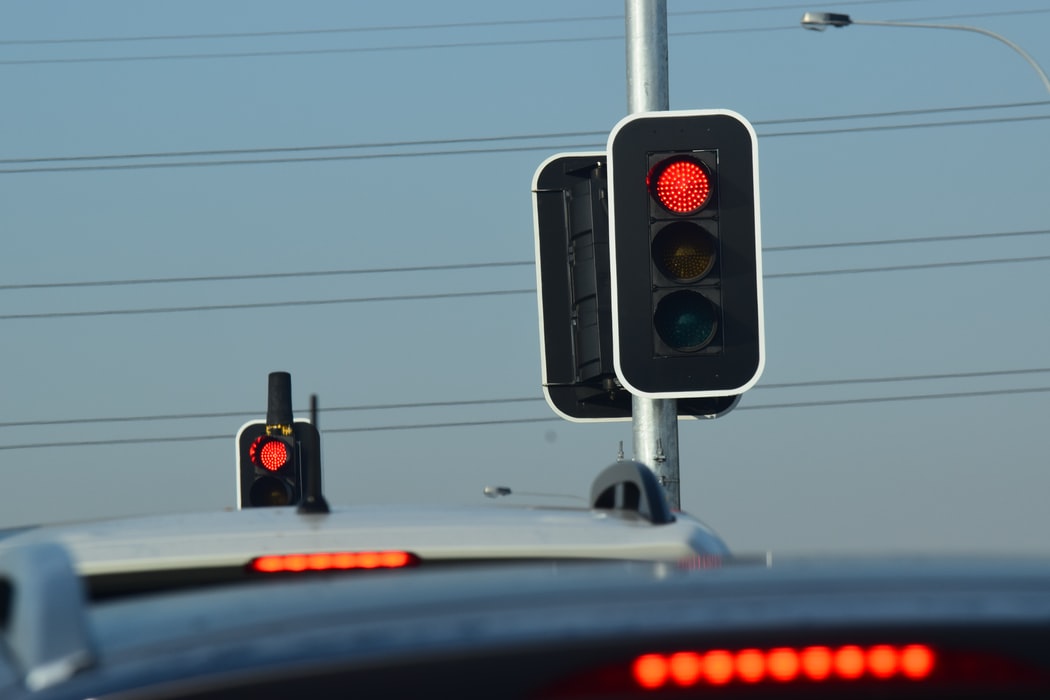












While driving to your destination, you come upon a traffic light that’s malfunctioning. Despite being a relatively common occurrence, this can cause feelings of anxiety for many drivers. Malfunctioning signals are always a reason to use extra caution, but they’re easier to manage when you know the right way to approach and handle them.
There are several possible causes for most traffic signal malfunctions. These include:
No matter the reason for the outage, drivers always need to follow the appropriate safe driving rules to ensure their own safety and the safety of other drivers, cyclists, and pedestrians.

The flashing signal can sometimes confuse drivers, especially at a busy intersection. Take the time to observe your environment. Be sure you’re aware of any potential hazards. Also, look for any authorized personnel who may be directing traffic. If this type of person is present, follow their direction while continuing to monitor other vehicles and pedestrians.
If no one is present to direct traffic, note the color of the flashing light. It may be yellow or red.
The general rule for a four-way stop is that the first vehicle to arrive at the intersection has the right-of-way. If you arrive first or are the only car, you may proceed through the intersection after stopping.
If more than one vehicle arrives simultaneously, the person on the right has the right-of-way. Allow that driver to proceed, then take your turn. Be sure to watch the cars coming in the opposite direction as well in case one will be making a left turn in front of you.
Regardless of your confidence that you have the right-of-way, it is always wise to proceed with extreme caution. Other drivers may be distracted. They may not know the right-of-way rules.
Be sure other vehicles present are stopped before proceeding into the intersection. It is far better to wait a little longer for your turn than to be part of a T-bone accident.

Sometimes a traffic light is or appears to be fully blacked out when you approach. In this case, treat the intersection as a four-way stop as described earlier.
Be careful in case the other signals that you cannot see are not blacked out and other drivers coming from different directions have the right-of-way. Make sure that the other cars have come to a full stop before proceeding into the intersection.
Periodically, a driver will sit at a signal and realize that his turn has been skipped by the signal. Sometimes the signal will right itself after a few turns. Other times, a signal may stay stuck at red. Fortunately, a stuck signal is not very common.
There are several reasons that these issues might occur. The tools that are used to monitor traffic may not be sensing your vehicle. If the signal is timed, the timing may need to be adjusted for the time of day or new patterns of traffic. The weather may be preventing cameras or other equipment from seeing your vehicle.
When your turn is being skipped, sit patiently and wait until the signal gets to you. It can be frustrating, but the signal will most likely come back to your turn.
The situation is harder when the signal is stuck on red. There is no legal reason to run a red light aside from the express consent of a law enforcement officer or authorized traffic director.
If you choose to proceed despite the red light, you run the risk of receiving a citation. In court, you can attempt to explain to the judge why you chose to run the light, but it will be at the judge’s discretion whether or not your ticket stands.
If you are truly stuck, your best option is to use your right turn signal and get over to the right. When possible, make a right turn and use an alternate route that allows you to abide by all traffic laws and safely arrive at your destination.
When a traffic signal isn’t working properly, a driver can and should report it. Sometimes the problem is not known by law enforcement or maintenance teams. Reporting the issue will get it corrected, making the intersection safer and easier to use.
You can report the problem to the city or county’s public works or transportation department. This can be done by a call or, in some cases, online.
You can also call the non-emergency number for the local police. Do NOT call 9-1-1 unless the signal malfunction is causing a hazard, such as if the signal is indicating a green light for intersecting lanes of traffic.
When you call, be sure to clearly state what the issue is (e.g. the signal is flashing, a signal bulb is burned out, the signal does not appear to be cycling correctly). Also provide the street and cross streets where the problem is occurring, as well as the day and time you observed the issue. You can also explain any extenuating issues, such as severely backed-up traffic or unsafe driving resulting from the malfunction.
Malfunctioning traffic signals can be stressful and sometimes inconvenient. If something needs to be assessed or repaired, go ahead and make a call to report it.
Most importantly, always pay attention and drive safely. By focusing on your driving and knowing the rules of the road, you’re doing your part to help keep the roads safe.